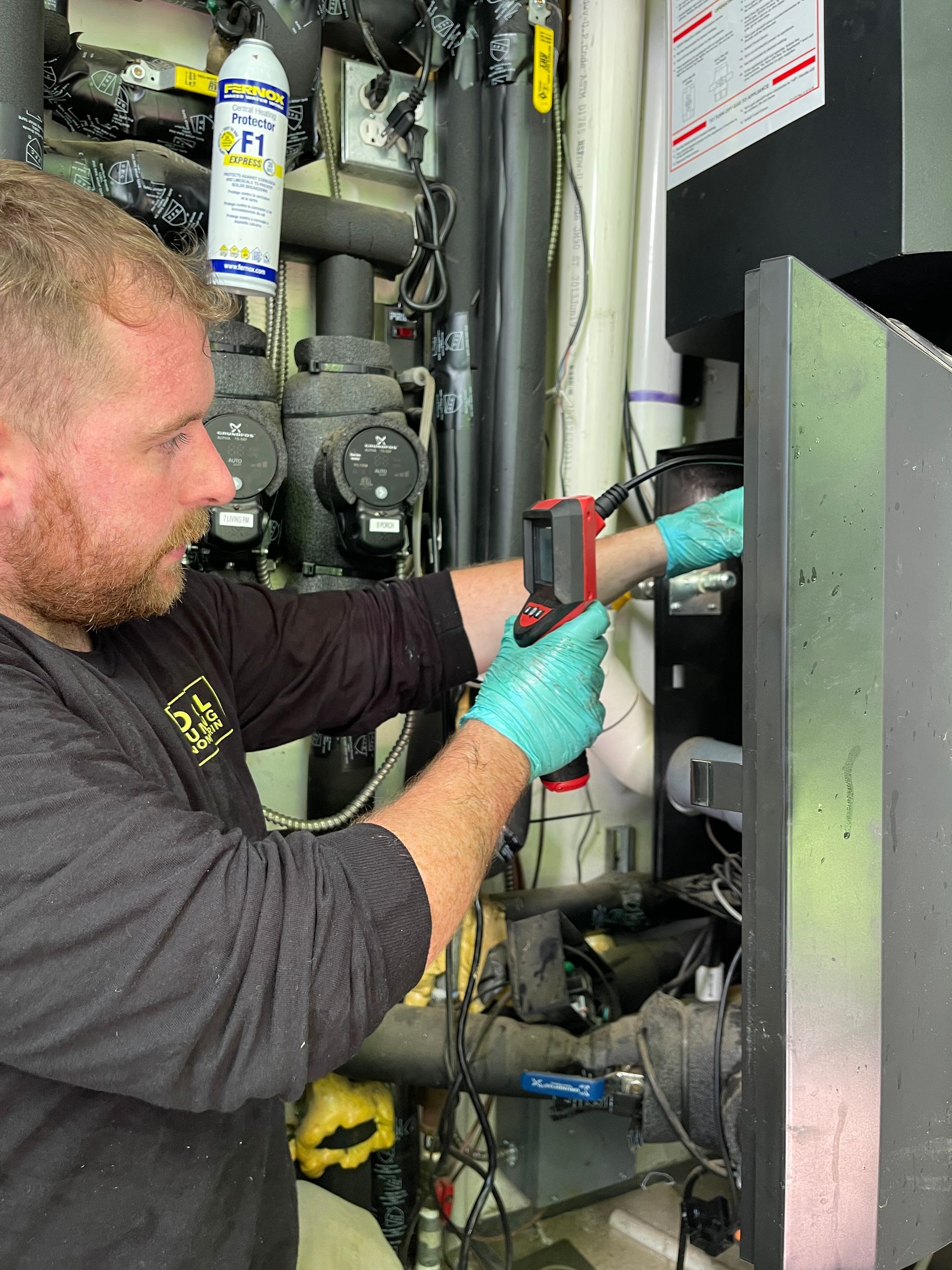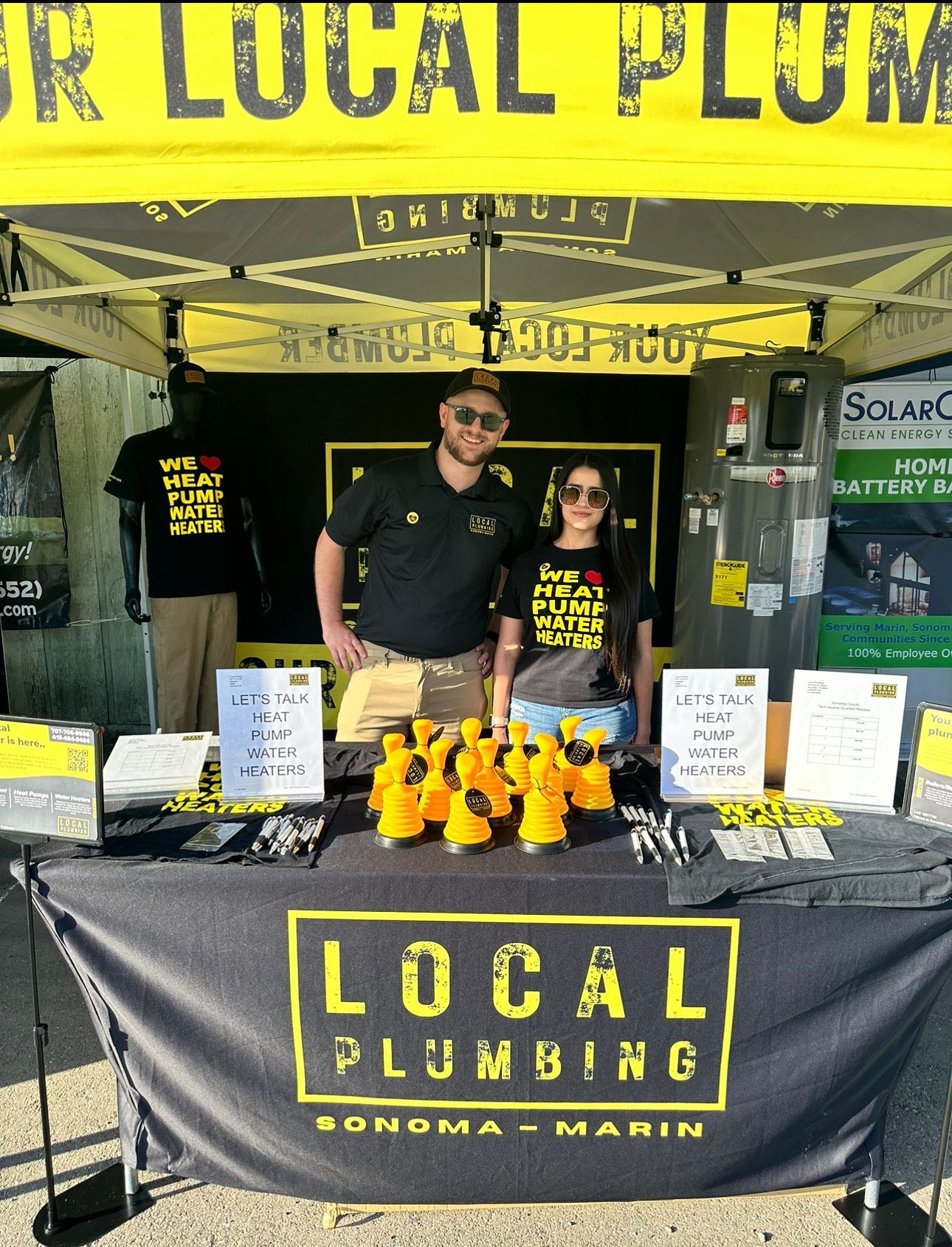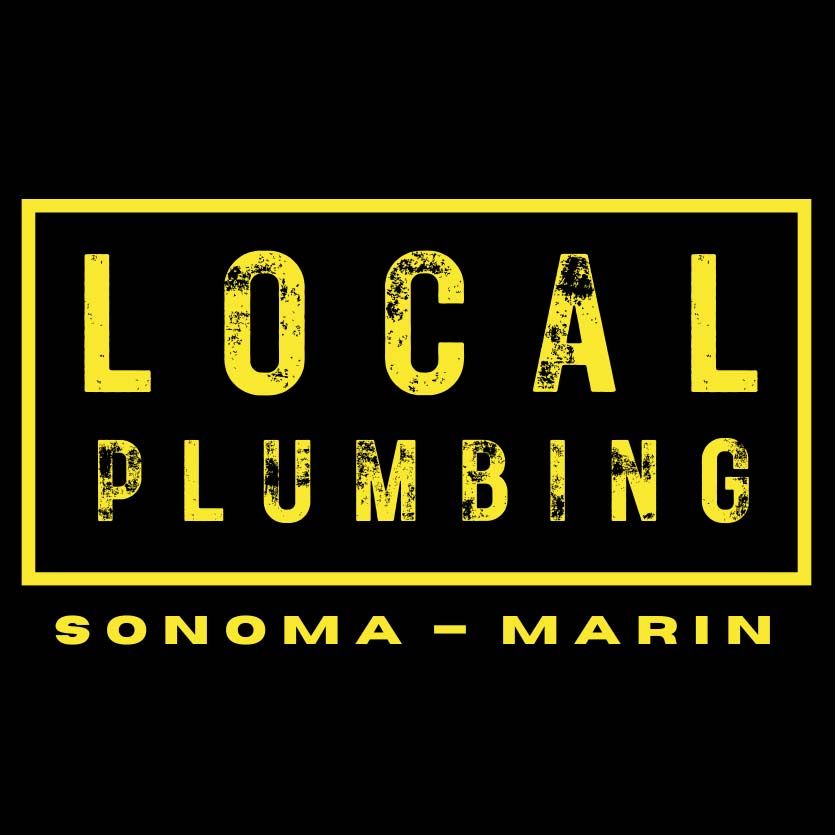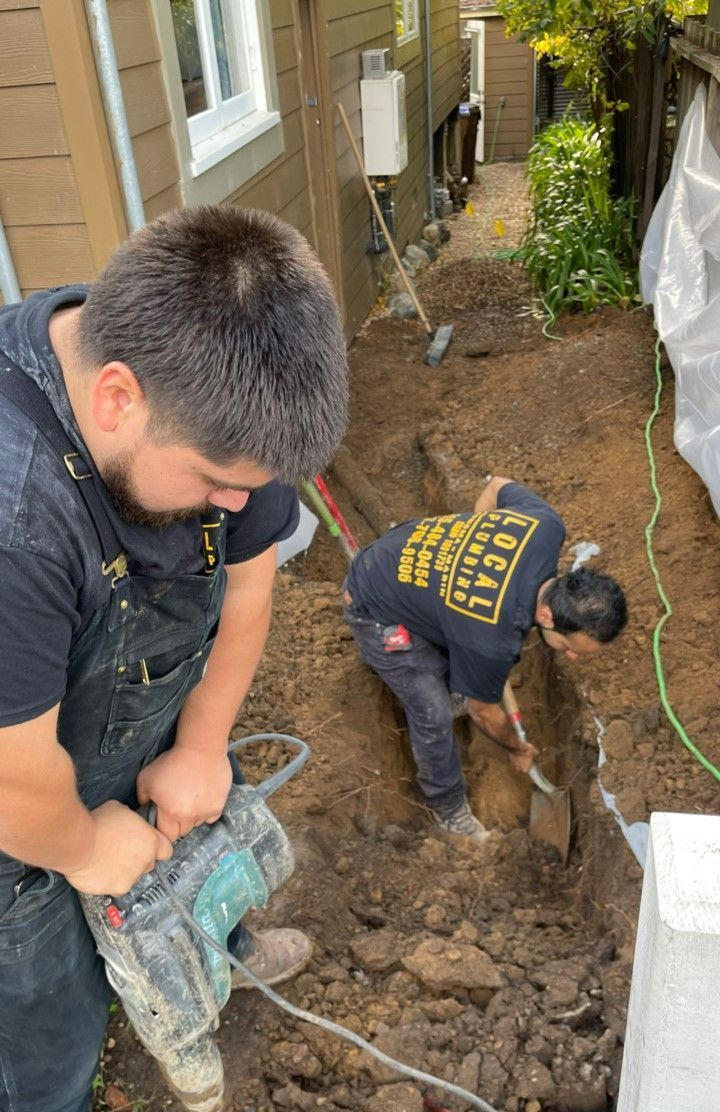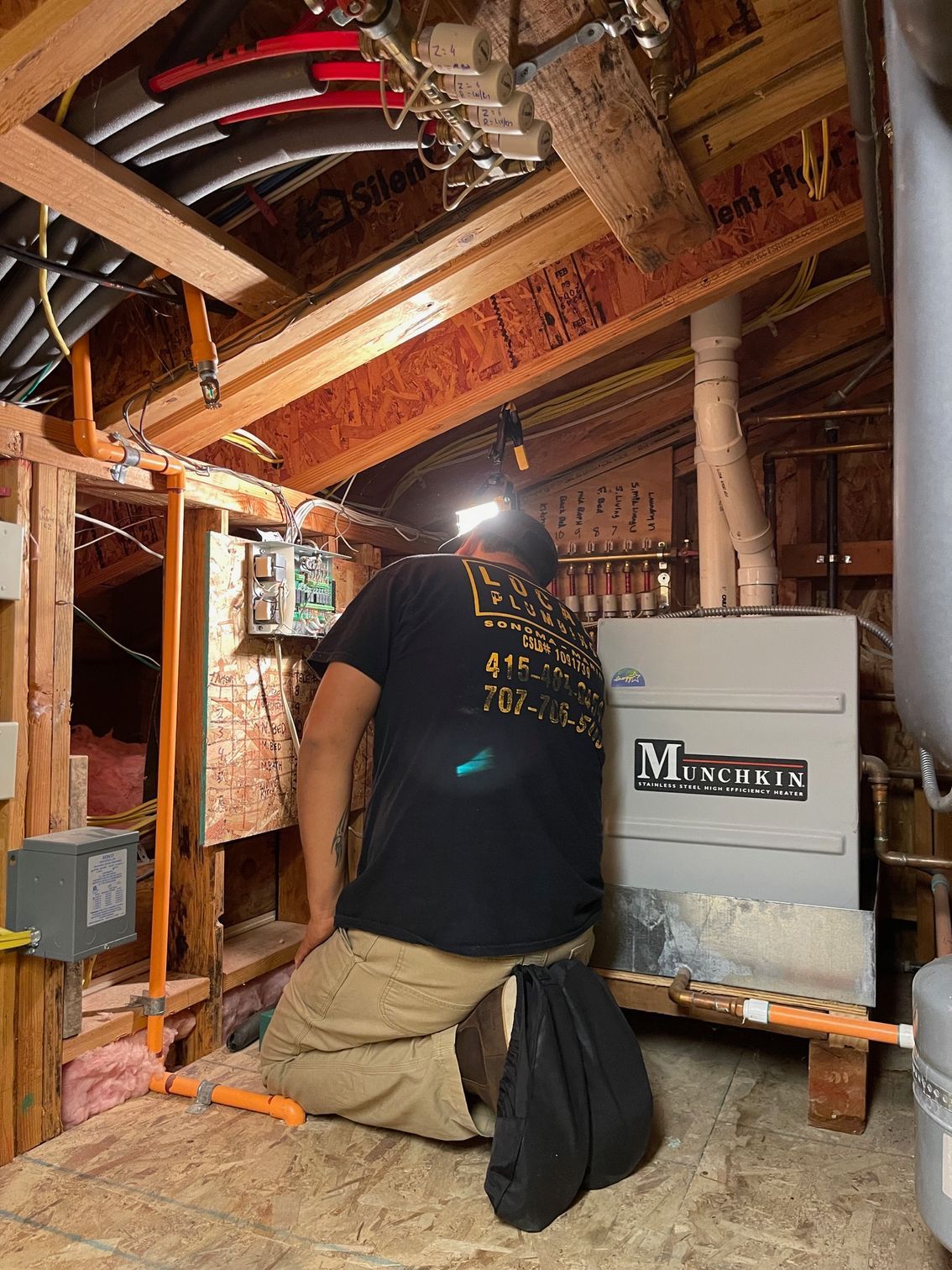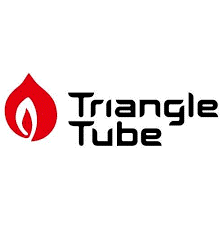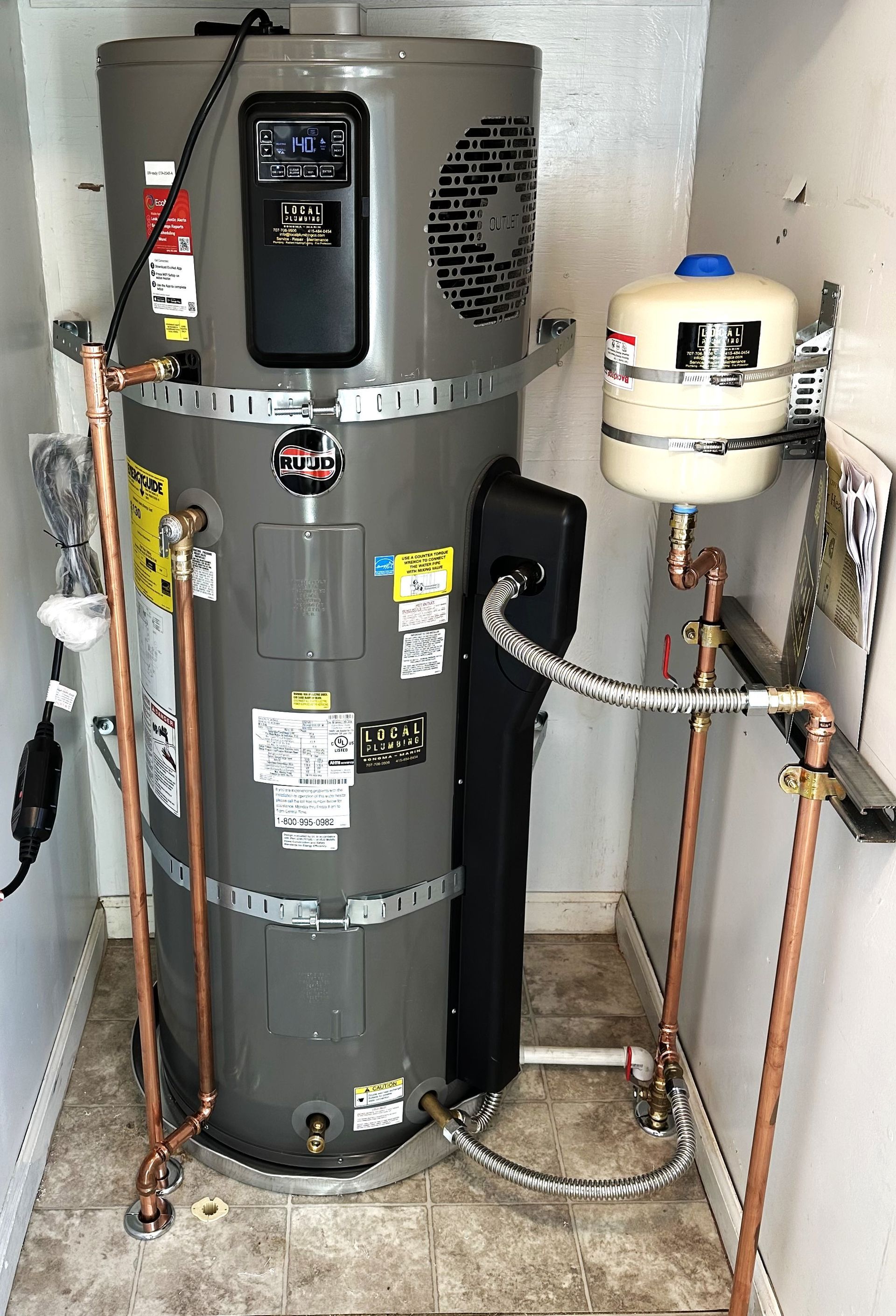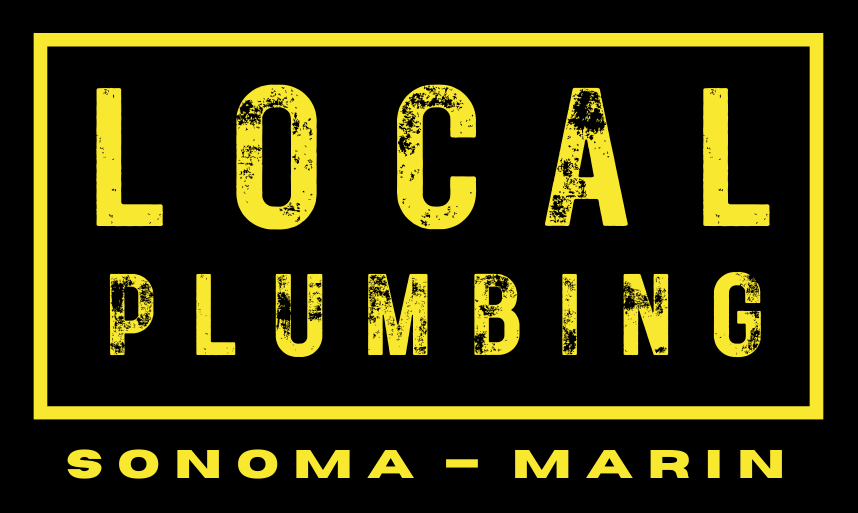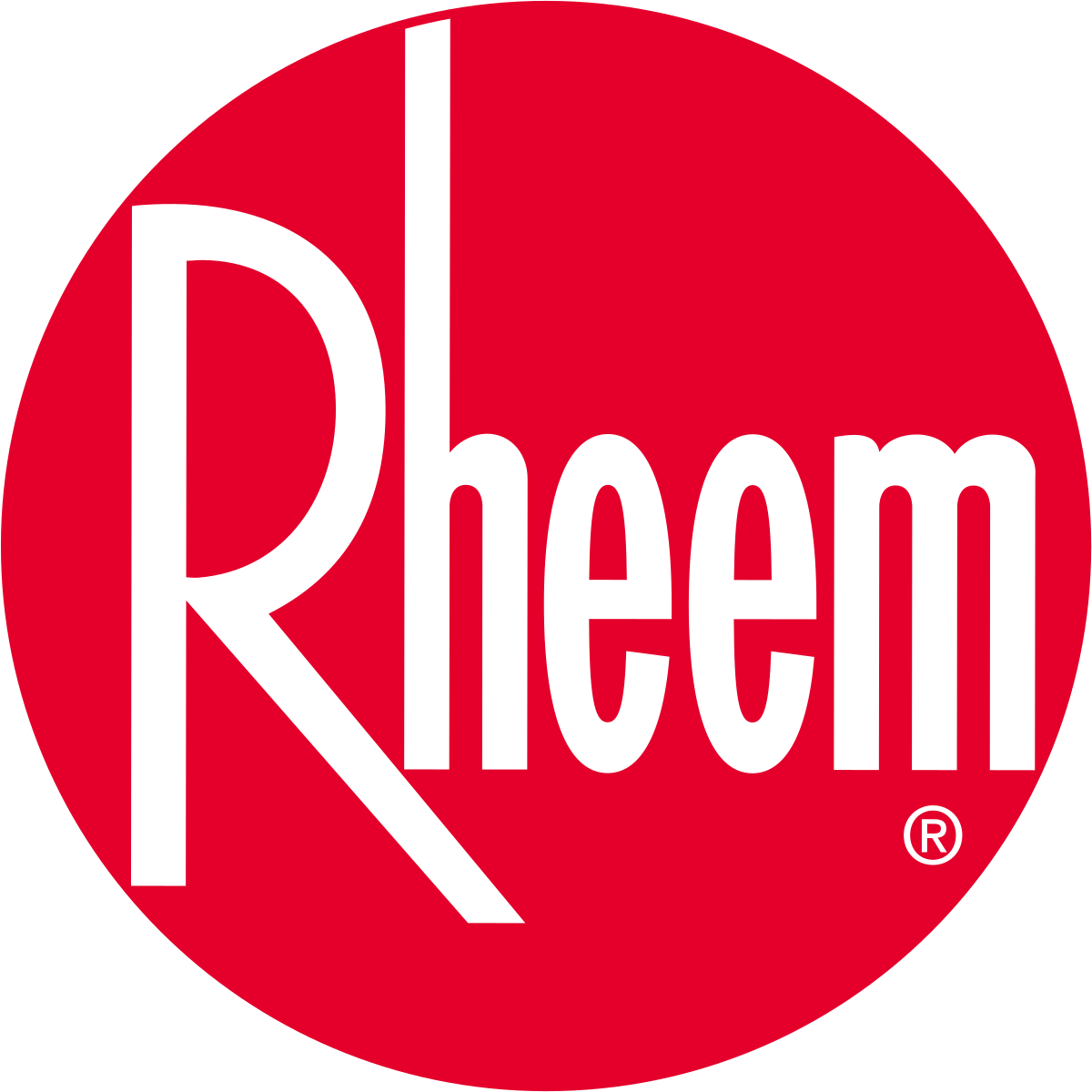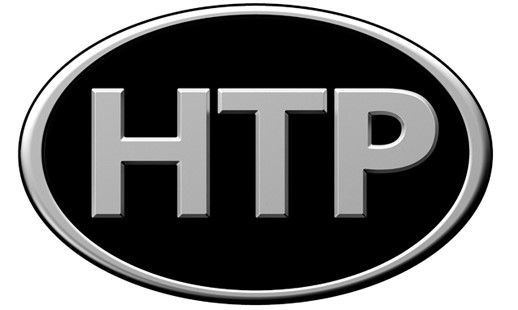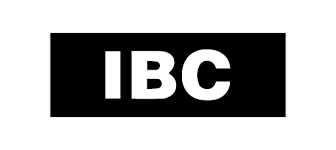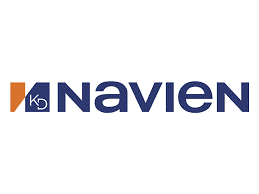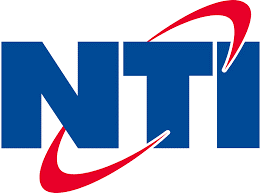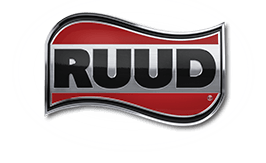Comprehensive Guide to Plumbing Maintenance for Wineries in Sonoma, Napa, Kenwood, Healdsburg, and Glen Ellen
Comprehensive Guide to Plumbing Maintenance for Wineries in Sonoma, Napa, Kenwood, Healdsburg, and Glen Ellen

Local Plumbing proudly serves the vibrant winery communities of Sonoma, Napa, Kenwood, Healdsburg, and Glen Ellen, nestled in the heart of California's wine country. We understand that maintaining your winery's plumbing systems is essential to preserving your craft and ensuring the quality of your wines. In this blog post, we will delve deep into the significance of plumbing maintenance for wineries, with a special focus on hot water heater service and maintenance.
The Significance of Plumbing Maintenance for Wineries
Preservation of Your Craft
Wineries are renowned for their meticulous attention to detail in crafting exquisite wines. One critical factor in this process is maintaining precise temperature control. Consistency in temperature is vital for fermentation and aging processes. Our plumbing maintenance services are designed to ensure that your winery's plumbing system keeps temperature fluctuations at bay, allowing your wines to mature gracefully.
Water Damage Prevention
Water damage can wreak havoc on wineries, resulting in costly repairs and significant losses. Undetected leaks and pipe bursts can damage equipment, barrels, and even your valuable wine inventory. Our routine plumbing inspections are your first line of defense against water damage. By identifying potential issues before they escalate, we help you safeguard your winery's infrastructure and assets.
Regulation Compliance
Wineries are subject to strict regulations and permits. Adherence to health and safety standards is crucial. Non-compliance can lead to fines and disruption of operations. Our plumbing maintenance services ensure that your winery's plumbing system remains compliant with all applicable regulations, giving you peace of mind and allowing you to focus on what you do best—creating exceptional wines.
Hot Water Heater Maintenance and Service
Hot Water in Wineries
Hot water is an unsung hero in wineries, playing a pivotal role in sterilizing equipment, cleaning tanks, and maintaining impeccable hygiene standards. Our team specializes in hot water heater service and maintenance, ensuring that your hot water supply remains consistent and efficient, supporting your winery's sanitation needs.
Detecting Heater Problems
To proactively address hot water heater issues, it's essential to recognize the warning signs. Reduced hot water flow, strange noises, or visible leaks are indications that your hot water heater may require attention. Our experts are trained to identify and resolve these problems promptly, preventing any disruptions to your winemaking process.
Maintenance Tips
Regular maintenance of hot water heaters is key to their longevity and efficiency. Our team can help you implement best practices, such as flushing out sediment, checking for leaks, and inspecting pressure relief valves. These preventive measures extend the life of your hot water heaters and reduce the risk of unexpected breakdowns.
Plumbing Maintenance Best Practices
Routine Check-Ups
To ensure the continuous operation of your winery, schedule routine plumbing inspections. Our comprehensive assessments cover the entire plumbing system, from pipes and fittings to valves and fixtures. Identifying and addressing potential issues early on can save you time, money, and stress.
Winterization
Cold weather can pose a significant risk to plumbing systems. Frozen pipes and subsequent bursts can lead to extensive damage. Our winterization services are tailored to protect your plumbing systems during colder months. We insulate vulnerable pipes, apply heat tape where needed, and ensure that your winery remains operational even in freezing conditions.
Emergency Preparedness
While proactive maintenance reduces the likelihood of emergencies, having an emergency response plan in place is crucial. Local Plumbing offers 24/7 emergency plumbing services. Our rapid response team is always ready to address plumbing emergencies promptly, minimizing downtime and potential damage.
Why Choose Local Plumbing for Your Winery
Local Expertise
As your neighbors in Sonoma, Napa, Kenwood, Healdsburg, and Glen Ellen, we understand the unique plumbing needs of wineries in this region. Our local expertise sets us apart, ensuring that we can address the specific challenges faced by wineries in California's wine country.
References and Reviews
Don't just take our word for it; check our references and read our reviews. Local Plumbing has a track record of excellence in serving the wine industry. Our satisfied winery clients can attest to our dedication to quality and our commitment to preserving the rich tradition of winemaking in the region.
At Local Plumbing, we are dedicated to ensuring the seamless operation of your winery. By prioritizing plumbing maintenance and hot water heater service, we support the preservation of your craft and the consistent quality of your wines. Whether you're in Sonoma, Napa, Kenwood, Healdsburg, or Glen Ellen, count on Local Plumbing for expert plumbing solutions tailored to your unique needs.
For any inquiries or to schedule plumbing maintenance services for your winery, please contact us. Local Plumbing is your trusted partner in maintaining the integrity and excellence of winemaking in this stunning region.
